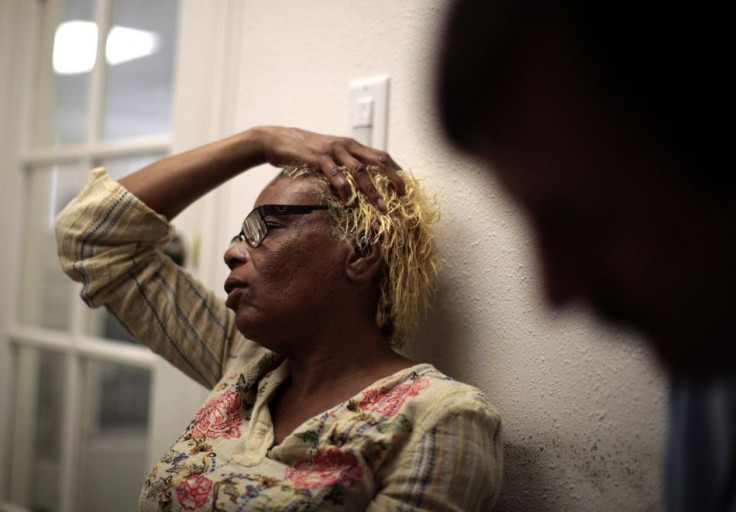New Promising Treatment For Migraine With Vitiligo

A new quick and noninvasive procedure- Vagus nerve stimulation (VNS) has proved to be promising in treating patients who have migraine and vertigo.
Acute vestibular migraine (VM) is one of the most common neurologic causes of vertigo and this new treatment provides rapid relief of vertigo as well as headache. Patients with VM usually have vertigo as a manifestation of migraine and may or may not have headaches. The condition which affects about 1-2.5% of the population is primarily caused by genetic factors. And this type of migraine is more prevalent among women than men.
Treating this kind of migraine has been quite a challenge. There hasn’t been any approved treatment and the doctors also tend to extend the therapeutic approaches from migraine headache guidelines. Analgesics might not be all that effective. Although antiemetic drugs which can calm down the whole vestibular system have been used, they might cause side effects like sedation and impaired engagement in everyday activities.
Vagus nerve stimulation has been proved to be safe and effective for acute migraine treatment. Also, the U.S. Food and Drug Administration (FDA) has approved a hand-held device- gammaCore (a vagus nerve stimulator) to treat migraine and cluster headaches in adults.
Dr. Shin C. Beh, Assistant professor, Neurology, University of Texas, Southwestern Medical Center, Dallas encourages clinicians to take up such novel neuromodulatory approaches like VNS for their VM patients. He opines that the approach is safe and does not pose any risk to the patients.
The retrospective study conducted to analyze VNS included 18 VM patients with a mean age of 45.7 years. The inclusion criteria comprised of a minimum of five episodes of moderate to severe vestibular symptoms. A few patients who took part in the study also reported such episodes as a ‘spinning or rocking sensation’. Other criteria included 50% or more of such episodes with 1-3 migraine features like headache, phonophobia, visual aura or photophobia. They were all patients of Dr. Beh. "They happened to show up to the clinic with an attack and had no medication on hand. The best solution I could come up with was to offer the stimulation," he said.
© Copyright IBTimes 2024. All rights reserved.






















